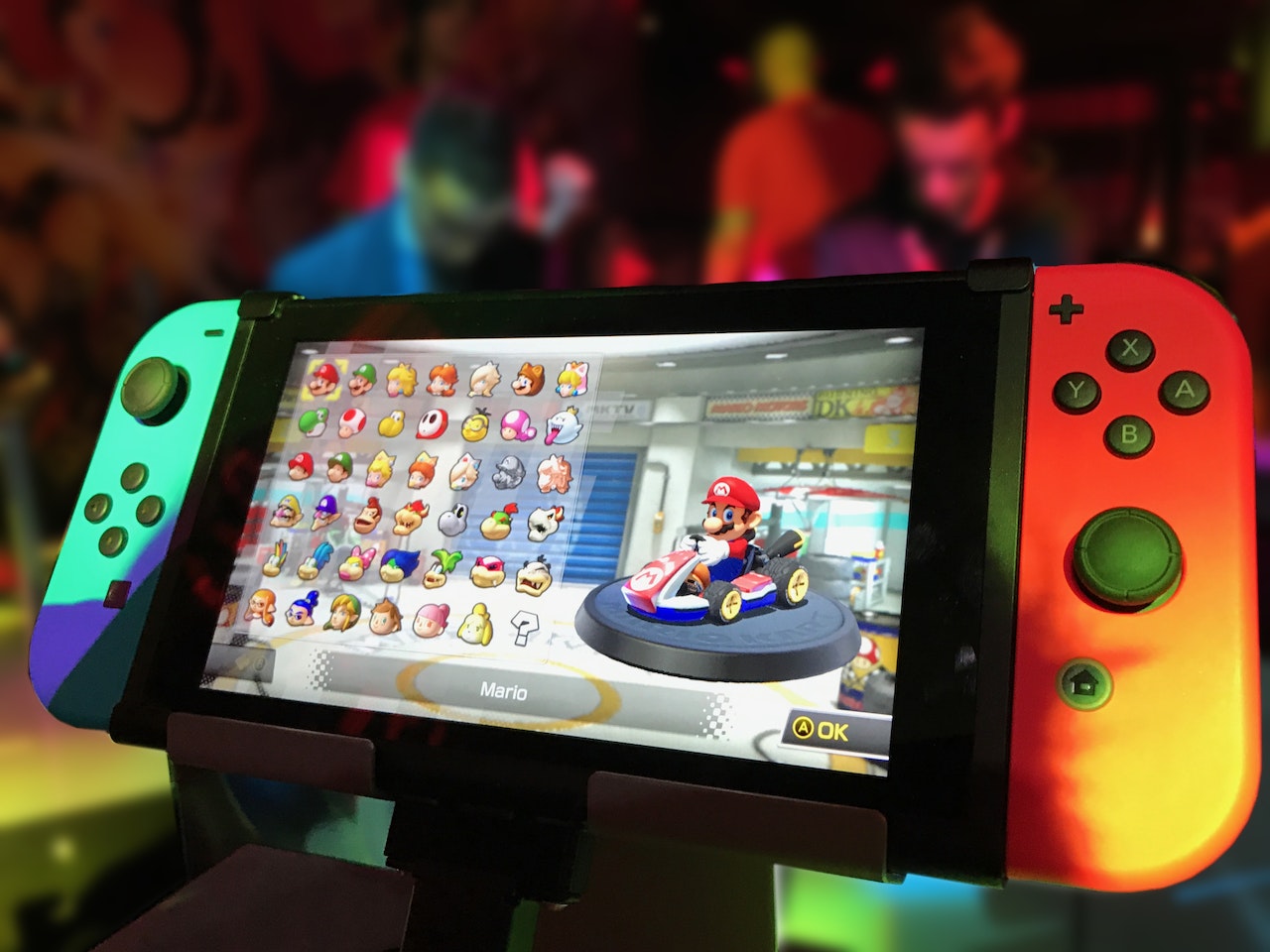Video Game Design: Behind the Scenes of Creating a Game
Video games have become an integral part of modern entertainment. The industry is growing rapidly and is expected to reach a worth of $300 billion by 2025. With the advancement of technology, video games have evolved into a highly complex and sophisticated form of entertainment. The process of designing a video game is a lengthy and complicated one, involving many different disciplines and teams working together. In this article, we'll take a look behind the scenes of video game design and explore the process of creating a game.
Video Game Design: Behind the Scenes of Creating a Game
Video games have become an integral part of modern entertainment. The industry is growing rapidly and is expected to reach a worth of $300 billion by 2025. With the advancement of technology, video games have evolved into a highly complex and sophisticated form of entertainment. The process of designing a video game is a lengthy and complicated one, involving many different disciplines and teams working together. In this article, we'll take a look behind the scenes of video game design and explore the process of creating a game.

Concept Development
The first step in creating a video game is coming up with the concept. This is where the game's basic idea is formed. It could be a new IP (intellectual property) or a sequel to an existing game. The concept will determine the game's genre, storyline, setting, and gameplay mechanics. This stage involves a lot of brainstorming, research, and iteration until the team has a solid foundation to build upon.
Story and Character Design
Once the concept is finalized, the next step is developing the story and characters. A game's story is often the driving force behind its success. Players want to become immersed in a compelling narrative that keeps them engaged. Character design is also important as players want to connect with the characters they are playing. This stage involves creating the backstory, world-building, and designing the characters. The team will work together to develop the main characters' personalities, backstories, and unique traits.
Concept Development
The first step in creating a video game is coming up with the concept. This is where the game's basic idea is formed. It could be a new IP (intellectual property) or a sequel to an existing game. The concept will determine the game's genre, storyline, setting, and gameplay mechanics. This stage involves a lot of brainstorming, research, and iteration until the team has a solid foundation to build upon.
Story and Character Design
Once the concept is finalized, the next step is developing the story and characters. A game's story is often the driving force behind its success. Players want to become immersed in a compelling narrative that keeps them engaged. Character design is also important as players want to connect with the characters they are playing. This stage involves creating the backstory, world-building, and designing the characters. The team will work together to develop the main characters' personalities, backstories, and unique traits.
Art and Design
After the story and characters are developed, the next step is creating the art and design for the game. This involves creating the game's visual assets such as environments, characters, and objects. The design team will create concept art to explore different visual directions for the game. Once the concept art is finalized, the team will begin creating 3D models and textures for the game. This stage is crucial to the game's success as it sets the tone and visual style for the entire game.
Programming and Development
The programming and development stage is where the game comes to life. This stage involves coding the game's mechanics and creating the user interface. The development team will work on building the game's engine, which is the core technology that powers the game. This stage also involves playtesting the game to identify and fix any bugs or issues. The development team will work on optimizing the game's performance to ensure it runs smoothly on all platforms.
Art and Design
After the story and characters are developed, the next step is creating the art and design for the game. This involves creating the game's visual assets such as environments, characters, and objects. The design team will create concept art to explore different visual directions for the game. Once the concept art is finalized, the team will begin creating 3D models and textures for the game. This stage is crucial to the game's success as it sets the tone and visual style for the entire game.
Programming and Development
The programming and development stage is where the game comes to life. This stage involves coding the game's mechanics and creating the user interface. The development team will work on building the game's engine, which is the core technology that powers the game. This stage also involves playtesting the game to identify and fix any bugs or issues. The development team will work on optimizing the game's performance to ensure it runs smoothly on all platforms.
Sound Design and Music
Sound design and music are an essential part of the gaming experience. The sound design team is responsible for creating sound effects, ambient noise, and voice-over recordings for the game. The music team will create the game's soundtrack, which can greatly impact the player's emotional connection to the game. This stage involves a lot of collaboration between the sound designers, composers, and the rest of the development team.
Testing and Quality Assurance
The final stage of game development is testing and quality assurance. This involves testing the game on different platforms to ensure it runs smoothly and meets the design specifications. The QA team will test the game for bugs, glitches, and any other issues that could negatively impact the player's experience. This stage is crucial to ensure the game is ready for launch and meets the expectations of the players.
Sound Design and Music
Sound design and music are an essential part of the gaming experience. The sound design team is responsible for creating sound effects, ambient noise, and voice-over recordings for the game. The music team will create the game's soundtrack, which can greatly impact the player's emotional connection to the game. This stage involves a lot of collaboration between the sound designers, composers, and the rest of the development team.
Testing and Quality Assurance
The final stage of game development is testing and quality assurance. This involves testing the game on different platforms to ensure it runs smoothly and meets the design specifications. The QA team will test the game for bugs, glitches, and any other issues that could negatively impact the player's experience. This stage is crucial to ensure the game is ready for launch and meets the expectations of the players.

Conclusion
Creating a video game is a complex process that requires a lot of teamwork, creativity, and skill. From concept development to testing and quality assurance, each stage is crucial to creating a successful game. As technology continues to evolve, so too will video games. With virtual reality, augmented reality, and other new technologies, the future of video game design is exciting and full of potential.
Conclusion
Creating a video game is a complex process that requires a lot of teamwork, creativity, and skill. From concept development to testing and quality assurance, each stage is crucial to creating a successful game. As technology continues to evolve, so too will video games. With virtual reality, augmented reality, and other new technologies, the future of video game design is exciting and full of potential.












